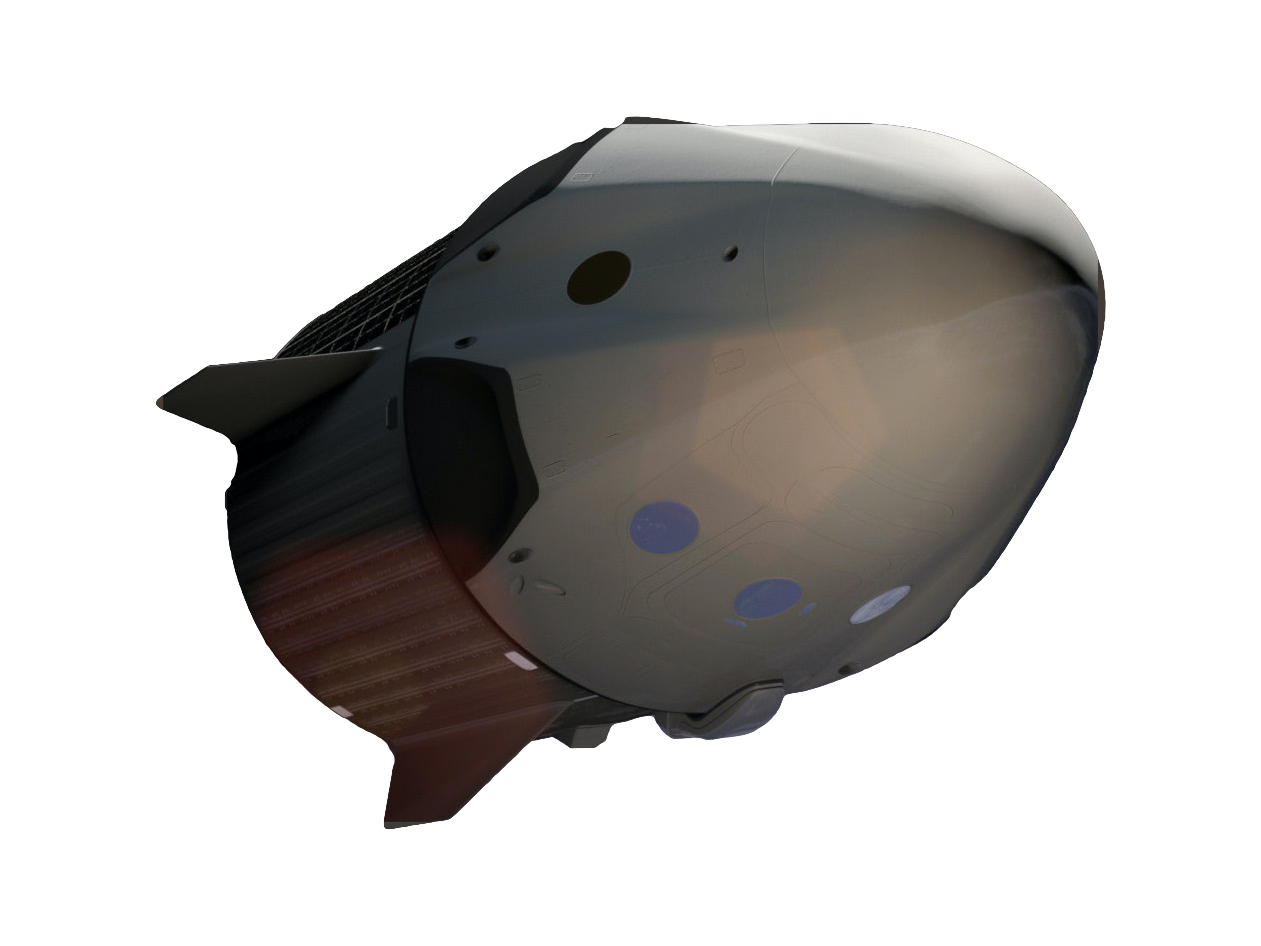Competitive advantage

current technology
- Uses extremely heavy and expensive materials to act as a physical barrier against hot gases.
- Is fragile and subject to damage, endangering the lives of astronauts and risking the loss of the mission.
- Reduces the amount of payload available on a spacecraft.
- Is discarded or destroyed after one use.
- Must be carefully and laboriously designed for each specific mission scenario.
- Has no mitigation for radio blackout.
- Has rigid design constraints which limit the design and operation flexibility of the solution

our new technology
- Utilises light-weight and low power consumption magnets to shield spacecraft from atmospheric entry.
- Is not exposed during launch and provides greater safety for spacecraft and astronauts
- Increases the available payload for useful scientific instruments and subsystems
- Can be re-used several times.
- Can be easily adapted for different spacecraft use cases
- Offers a solution to the radio blackout problem
- Can be complimented with numerical simulation codes to be optimised to any mission application
target application

Sample Return Missions
Sample return missions aim to bring materials from outer space back to Earth, be it materials from the Moon, asteroids, or other planets, or even a sample of the solar wind. The final part of such missions is the re-entry to Earth. MEESST will ensure a safe re-entry of such spacecraft allowing these samples to be recovered reliably and safely.
Human Spaceflight
Humans on the International Space Station, or on the Moon, need to be able to return to Earth safely and comfortably. MEESST technology will shield astronauts as they descend back to Earth, and allow them to keep in contact with ground control throughout the descent.
Cargo Transfers
Once humans reach Mars, we will need to send cargo to supply and sustain them. This cargo must survive the perilous descent through the Martian atmosphere. MEESST will shield the cargo and ensure these valuable supplies reach the astronauts on the surface, rather than burning up in the atmosphere.